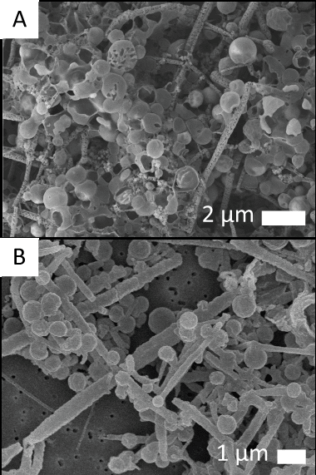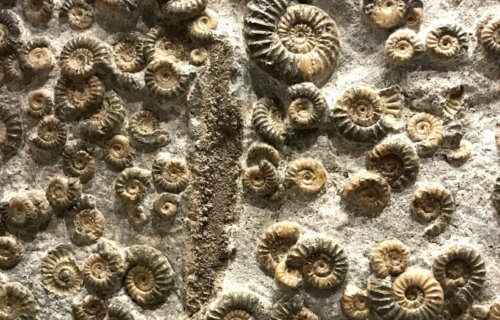BOULDER, Colo. — Microbial life is the most resilient we know. Bacteria and other microbes can inhabit the most extreme environments on Earth, such as hydrothermal vents and even the Dead Sea. However, there may be one environment too extreme even for microbes — or their fossilized forms at least. Researchers from the United States and Switzerland have found that it is more difficult to preserve microbes in rocks than we thought. The result may be a history of fossil records littered with “false positives.”
“Microbes don’t have bones,” says senior researcher Julie Cosmidis in a media release. “They don’t have skins or skeletons. They’re just squishy organic matter. So to preserve them, you have to have very specific conditions… so it’s kind of rare when that happens.”
Fossil ‘mimics’ may complicate the early life record
The scientists’ work started “accidentally” a few years ago in a laboratory in Boulder, Colorado. Co-author Alex Templeton noticed that when mixing organic carbon and sulfide, spheres and filaments that look like bacteria formed. Unfortunately, Templeton was performing those experiments in a sterile environment, so the shapes couldn’t be bacteria. This naturally led the researcher and his colleagues to ask whether these shapes, called “biomorphs,” could be preserved in rocks. If they could, that would mean a more careful re-evaluation of Earth’s fossil records.

To find out whether biomorphs could also form in rock and not just laboratory test tubes, the scientists added biomorphs to a silica solution which they coaxed to harden into rock. They did the same with bacteria. After a few weeks, they noticed something remarkable. The biomorphs looked exactly like fossilized bacteria and they were actually easier to preserve.
‘Fool’s gold’ really does fool scientists
The authors caution that much of the early life fossil record could therefore contain false positives; relics that look like bacteria but aren’t. This is especially critical for rocks containing “fool’s gold.” Those original laboratory experiments replicated the high-sulfur environment of early Earth. Rocks formed during that time period typically contain large amounts of fool’s gold, also known as pyrite.
“If you look at ancient rocks that contain what we think are microfossils, they very often also contain pyrite,” Cosmidis explains. “For me, that should be a red flag: ‘Let’s be more careful here.’”
She also adds that this latest study doesn’t mean we’ll never be able to identify true microbial fossils.
“It’s not like we are doomed to never be able to tell what the real microfossils are,” the researcher says. “We just have to get better at it.”
These findings are published in Geology.
